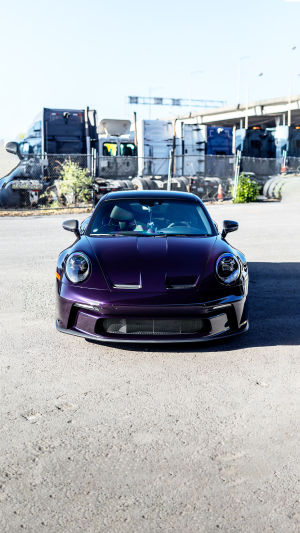Automotive insulation technology stands as a pivotal domain within modern automotive engineering.
Its primary aim is to enhance driving comfort, reduce energy consumption, alleviate the burden on the air conditioning system, and elongate the longevity of materials used in the car's interior.
Part 1: Background and Importance of Insulation Technology
1.1 Background
Cars, being an integral part of daily life, are frequently operated in various climatic conditions. During the sweltering summer months, temperatures inside the vehicle can surge significantly.
This not only leads to discomfort for drivers and passengers but also triggers thermal expansion and aging of materials within the vehicle. To address this issue, automobile manufacturers have embraced various insulation technologies to improve the interior environment.
1.2 Importance of Thermal Insulation
Enhanced Driving Comfort: Thermal insulation technology serves to curtail the infiltration of external heat into the vehicle interior, thus maintaining a comfortable temperature within the car. This results in an improved driving experience, especially during hot weather.
Energy Efficiency and Environmental Impact: Insulation technology minimizes the reliance on air conditioning systems, thereby reducing energy consumption and mitigating the carbon footprint of vehicles. This has a commendable environmental effect.
Prolonged Lifespan of Automotive Components: Under conditions of high temperature, materials within the vehicle are susceptible to aging and wear. Thermal insulation technology mitigates these adverse effects, extending the durability of automotive components and diminishing maintenance expenses.
Part 2: Insulating Materials
2.1 Insulating Glass
Insulating glass is a specially crafted automotive glass designed to impede the conduction and radiation of heat. It typically consists of a multi-layered sandwich structure, offering high transparency while effectively blocking UV and infrared radiation.
This type of glass finds wide-ranging use in automobile manufacturing, particularly in the front windshields of vehicles.
2.2 Thermal Insulation Film
Thermal insulation film is a film that can be applied to car windows, primarily to reduce the amount of sunlight entering the vehicle.
These films possess UV resistance and thermal radiation reflection properties, effectively lowering the internal temperature of the car. Insulation films are available in various transparency and color options to cater to diverse requirements.
2.3 Insulation Pads
Thermal insulation pads are mats placed under the front windshield of a vehicle, often constructed from foam or reflective materials. Their primary function is to reflect sunlight and mitigate direct heat infiltration into the vehicle.
They are easily installable and removable, frequently employed by car owners during the summer months.
2.4 Insulation Foam
Insulating foam is commonly employed in vehicle engine compartments, interior bodywork, and beneath the floors. These foams serve as effective insulators, diminishing the transmission of heat from the engine and the road. Moreover, insulating foam reduces noise transmission, thereby enhancing driving comfort.
2.5 Thermal Insulation Coatings
Thermal barrier coatings represent a specialized coating that can be applied to the exterior surfaces of cars to reduce the absorption of sunlight and thermal radiation.
This technology effectively lowers the vehicle's exterior temperature, and internal temperature, and reduces the strain on the air conditioning system. Thermal barrier coatings are typically subtle and do not alter the vehicle's appearance.
As technology continues to advance, future automotive insulation technology is poised to become even more efficient and intelligent in ng evolving climate challenges.
As the focus on sustainable transportation and environmental preservation intensifies, automakers will persist in the quest for innovative insulation solutions that reduce energy consumption, mitigate carbon emissions, and heighten the overall driving experience.





